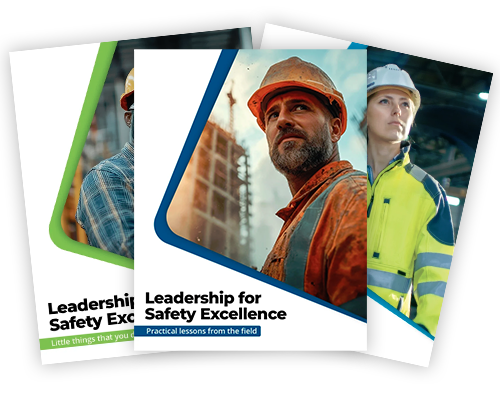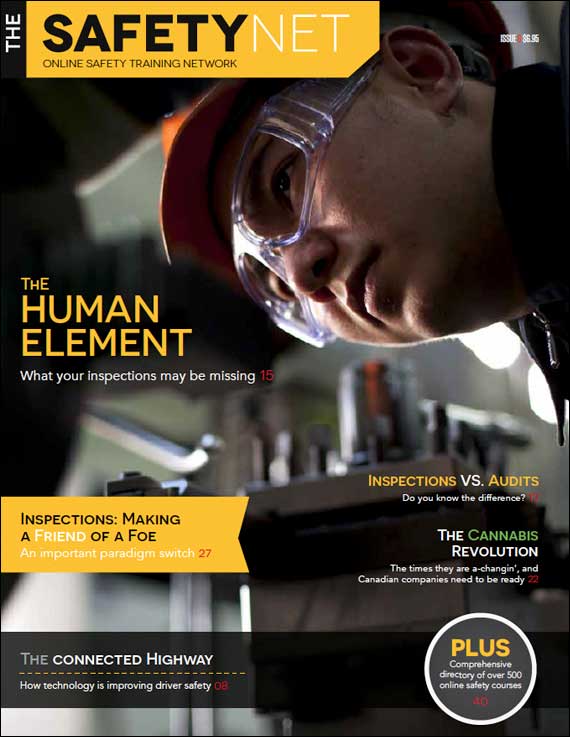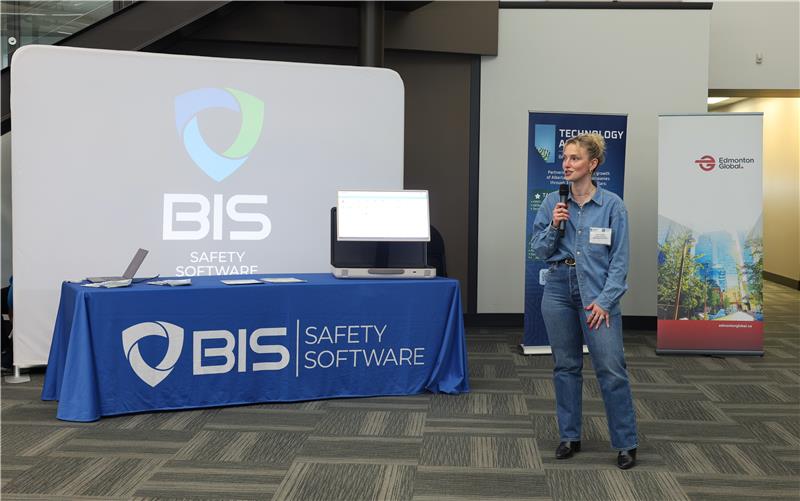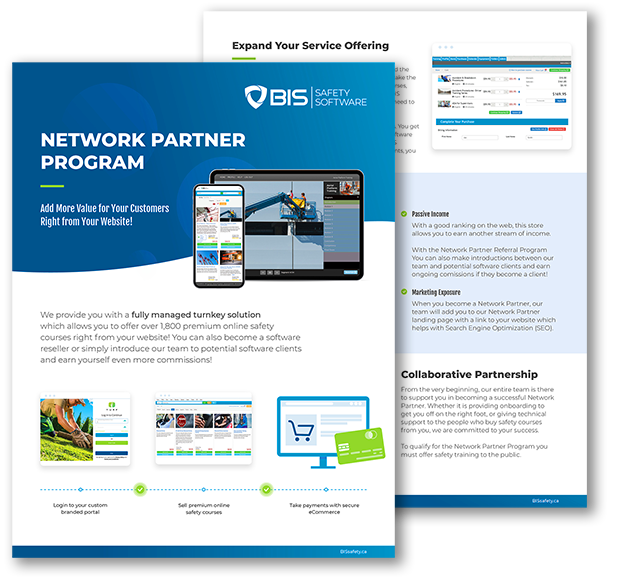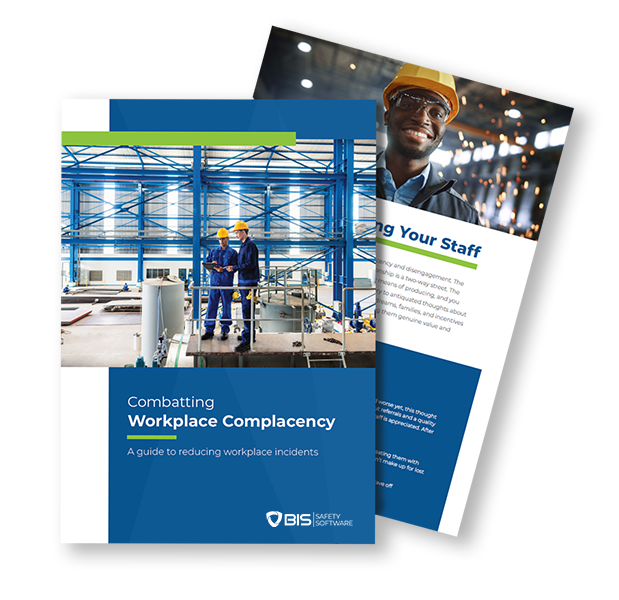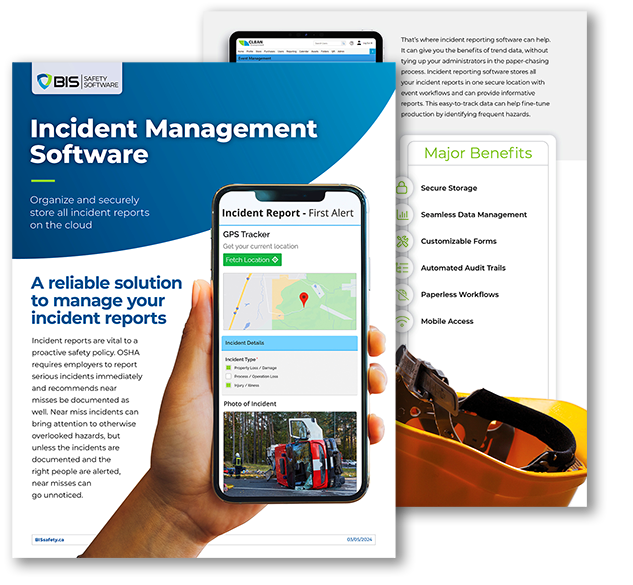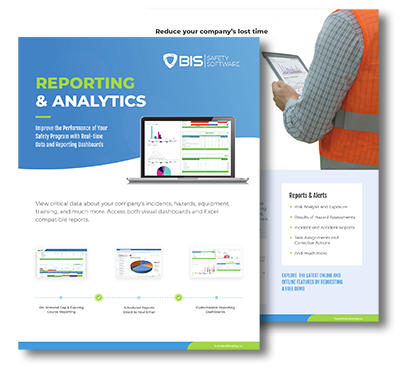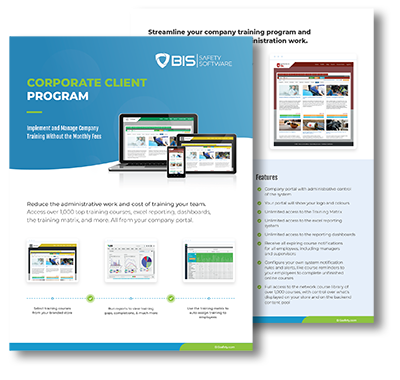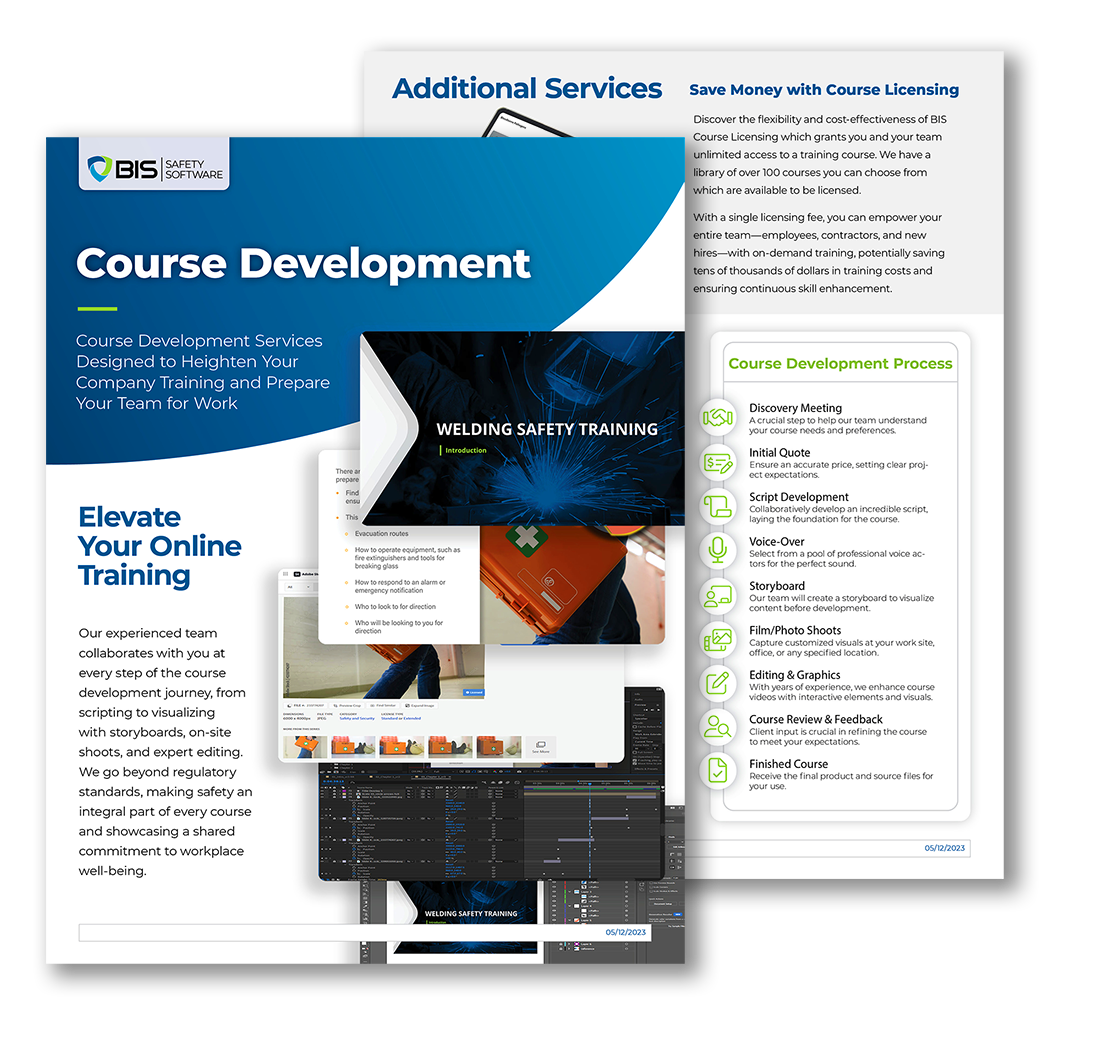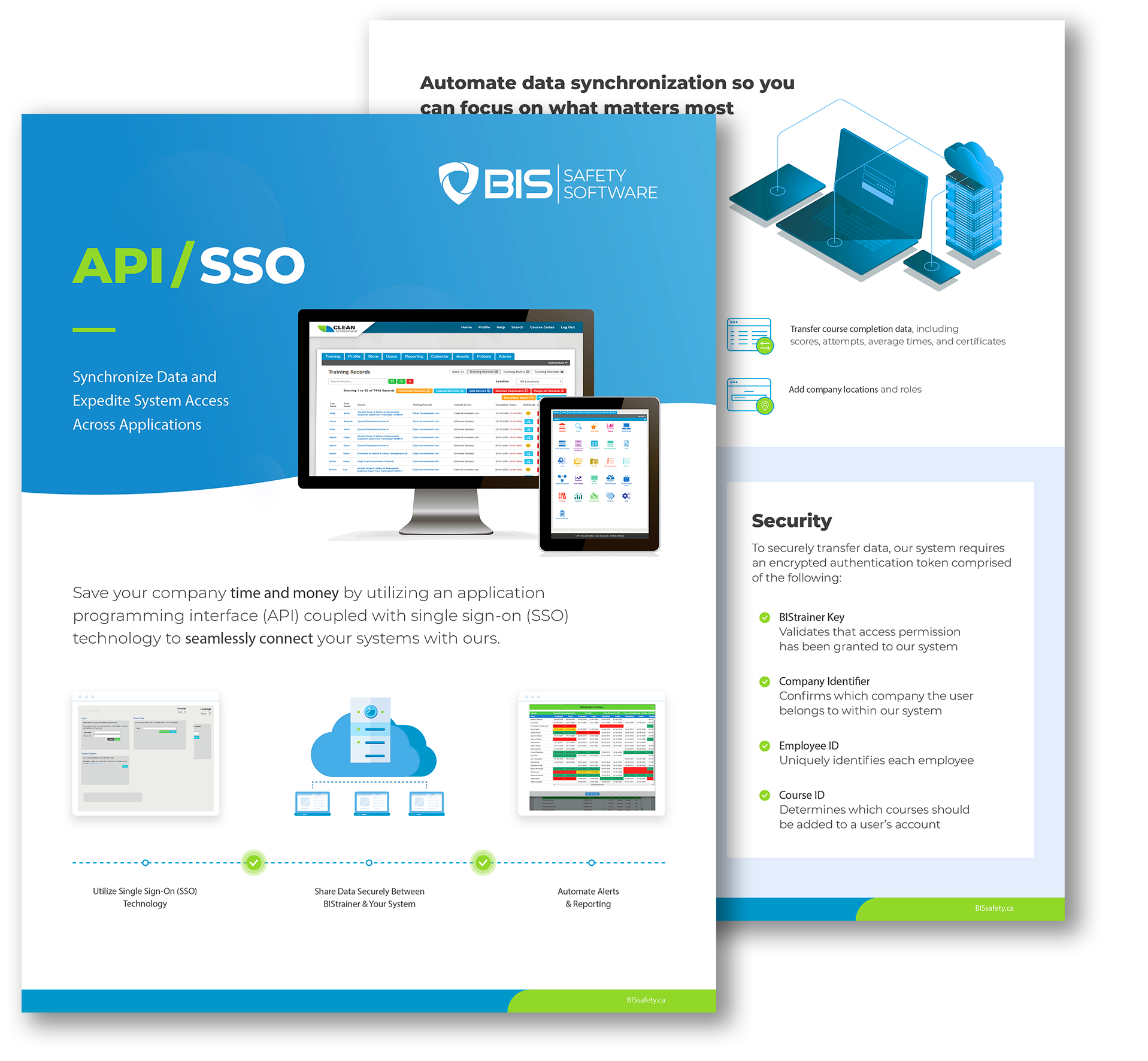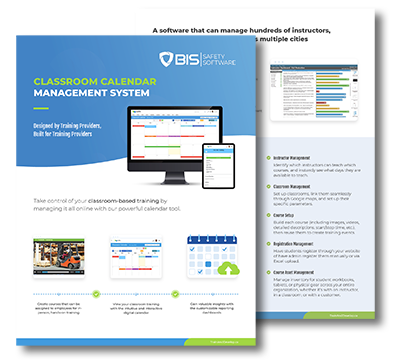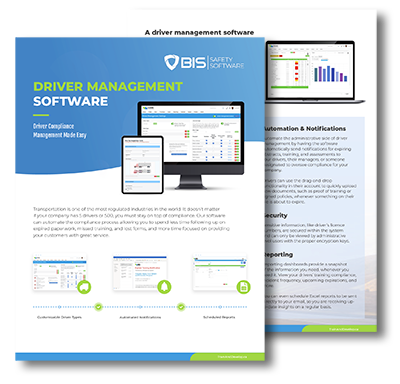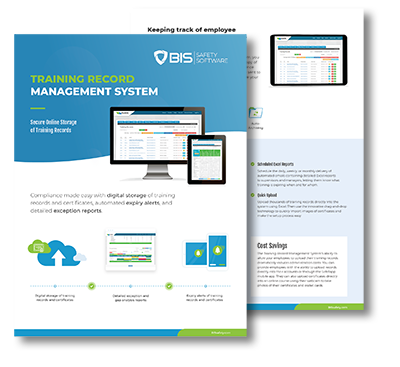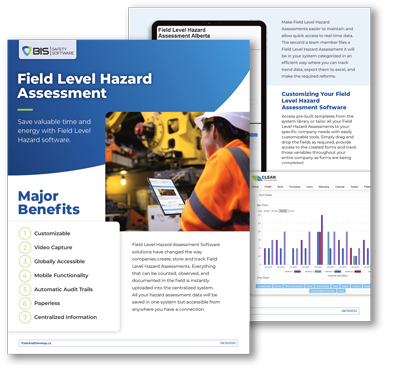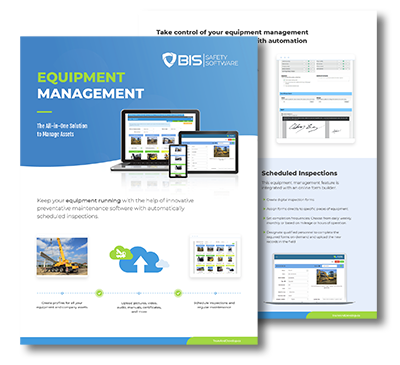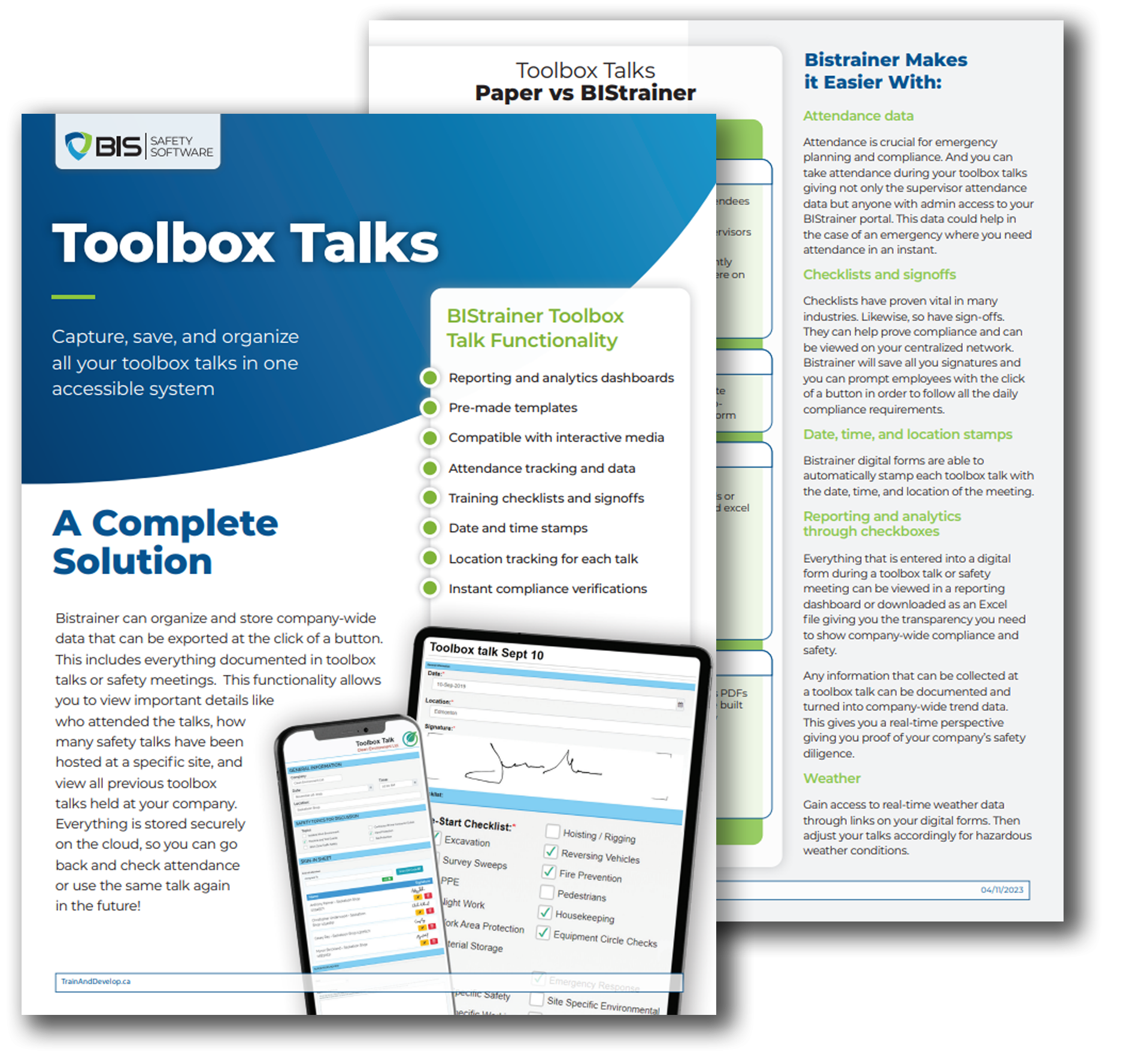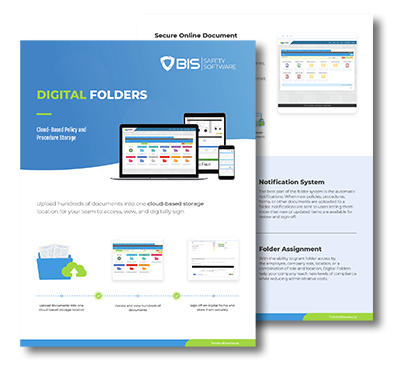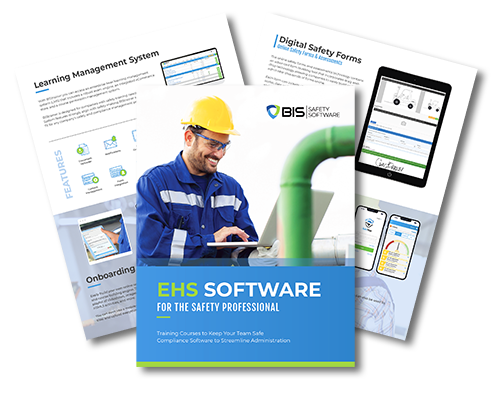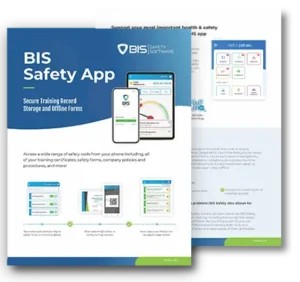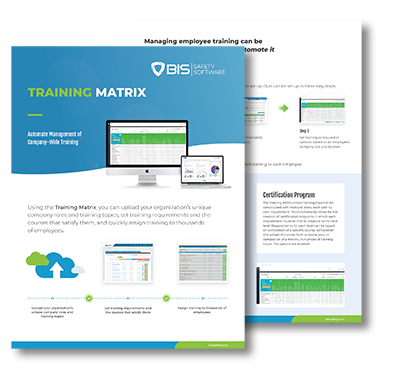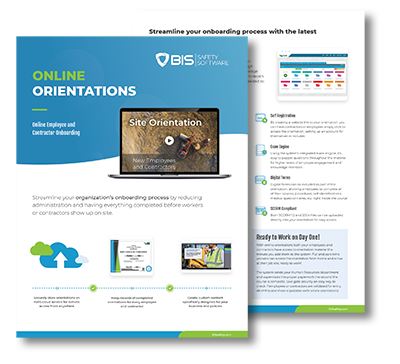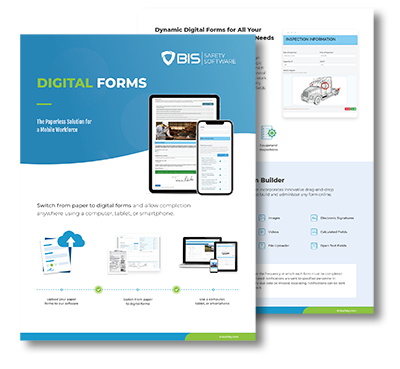Scaffold Safety: How to Prevent Falls, Collapses, and Costly Mistakes

Scaffold safety training helps workers prevent falls, avoid collapses, and stay safe at height through inspections, awareness, and proper use.
Personal Protective Equipment: The Front Line of Safety in Any Workplace

PPE is the last line of defense against workplace hazards—from hard hats to respirators. To be effective, it must be worn correctly and backed by a strong safety culture.
Pipeline Construction Safety Training
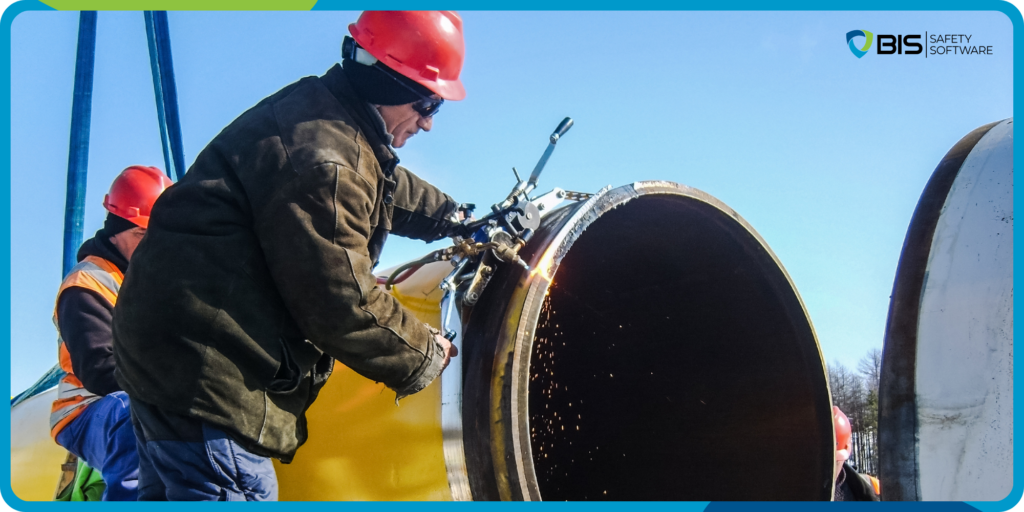
Home Blog Pipeline Construction Safety Training Essential Knowledge for Workers Enroll today! By RDadiz Facebook LinkedIn Pipeline construction plays a vital role in transporting oil and natural gas efficiently and safely. However, building and maintaining these pipelines comes with significant hazards that can put workers, the environment, and the surrounding communities at risk. Proper training ensures that every worker understands the best safety practices, potential hazards, and industry regulations. The Pipeline Construction Safety Training (PCST) course provides comprehensive knowledge on hazard identification, risk mitigation, and safe construction techniques. This training ensures workers can perform their jobs safely and effectively. Upon completion, participants receive a QR Code-enabled certificate for quick verification of their credentials. Why Pipeline Construction Safety Training Matters Pipeline construction involves heavy machinery, hazardous materials, and complex processes. Without the proper training, workers face risks such as falls, equipment-related injuries, chemical exposure, and fire hazards. A well-trained workforce helps to: ✔ Prevent accidents and injuries on-site ✔ Ensure compliance with safety regulations ✔ Reduce costly delays caused by safety violations ✔ Protect the environment from contamination risks ✔ Improve communication and teamwork among workers What’s Covered in Pipeline Construction Safety Training? 1. Understanding Pipeline Construction Processes ✔ Overview of pipeline construction steps ✔ Surveying, trenching, and laying pipelines ✔ Welding, coating, and non-destructive testing ✔ Backfilling, pressure testing, and reclamation 2. Recognizing Common Hazards ✔ Working around heavy equipment and vehicles ✔ Uneven terrain and trench-related risks ✔ Exposure to hazardous chemicals and gases ✔ Lockout/Tagout (LOTO) procedures for hazardous energy ✔ Overhead power line safety 3. Fire Prevention and Emergency Preparedness ✔ Fire hazard identification and prevention strategies ✔ Fire extinguisher types and proper use (PASS method) ✔ Emergency response procedures for spills and incidents ✔ Safe handling of flammable materials 4. Personal Protective Equipment (PPE) and Safe Practices ✔ Selecting and using the right PPE for pipeline work ✔ Importance of eye, hand, foot, and respiratory protection ✔ Best practices for avoiding workplace injuries ✔ Safety protocols for working in remote locations Get Certified Today! Pipeline construction requires specialized knowledge and adherence to strict safety standards. The Pipeline Construction Safety Training (PCST) course provides workers with the essential skills to work safely, prevent accidents, and ensure compliance with industry regulations. Participants will receive a QR Code-enabled certificate for verification. Enhance your safety knowledge, [Enroll in Pipeline Construction Safety Training Today]! Follow us! Stay up-to-date with the latest spotlight articles, podcasts, the SafetyNET Magazine, or our book on Leadership for Safety Excellence. All updates will be shared on our social channels, click below to follow us. Facebook Linkedin Related Articles All Posts #EmergencyPreparedness 2025 safety trends 360 Immersive 360immersive 6S Safety accident prevention accidental careers adjustable workstations adult education AI automation AI implementation AI in business AI in operations AI in Safety AI podcast AI strategy AI transformation Alberta safety courses Allan James Moore artificial intelligence asking for help audit findings audit readiness Audit Reporting automation in safety automation strategy avoidable injuries awareness Aztec Safety back strain BambooHR integration behavior-based safety Behavioral Safety behavioural safety biometric sensors BIS Podcast BIS Safety Podcasts BIS Safety Software BIS Safety Spotlight black holes Blame Culture BP Texas City Explosion Brave Leadership Brett Burkard burnout business automation Canadian OHS Canadian safety Canadian safety history Canadian safety standards carbon monoxide Carolynne Heron CCOHS chemical chemical vapors chronic injuries chronic pain cloud-based safety tools Coming Soon community safety programs Competency in Safety complacency in safety Compliance compliance courses Compliance In Canada compliance issues Compliance management Compliance Reporting compliance software compliance tools compliance tracking compliance training compliance vs protection Construction advocacy Construction education Construction industry construction safety construction safety training continuous improvement continuous safety improvement corporate culture corporate training corrective actions crane CSA standards Customer Spotlight Customer Spotlight Kevin Swinden Global Hazmat Safety Culture Hazmat Management Dangerous Goods Competency in Safety Workplace Risk Mitigation BIS Training Clients Canadian EHS customized training daily trip inspection Damage Prevention Dangerous Goods dangerous goods classification Danny Sellers data-driven safety Decision Analysis defect management defect tracking defensive driving DEI in onboarding digital compliance digital forms Digital Hazard Reporting Digital Onboarding digital safety Digital Safety Audits Digital safety systems digital safety tools digital safety transformation Digital Training Tools digital transformation DMS features document control document management system Dr. Joanna Pagonis Dr. Tom Krause driver file management driver training driving instructor program DTRMS e-learning e-learning tools eadership in safety early intervention education technology EHS EHS Adoption EHS Compliance EHS digital solutions EHS Inspections EHS Onboarding EHS software EHS systems EHS tools Einstein electrical safety Emergency Action Plan emergency preparedness emergency response emergency supplies emotional training employee behavior employee engagement employee health Employee onboarding Employee Readiness employee safety employee training Energy Isolation ergonomic consulting ergonomic design ergonomic risks ergonomics Evacuation Procedures evidence collection EWI Works exoskeleton exoskeletons failure analysis fall protection fast onboarding field experience field level hazard assessments field safety field safety assessments field safety services Field Safety Technology Field-Friendly Software Fire Drills fire prevention Fire Safety Training first aid kit first week on the job first workplace injury fleet management fleet safety FLHA engagement FLHA Integration FLHA software FMEA freight Frontline Engagement frontline safety future of work Global Hazmat global onboarding gravitational waves hand injuries handling hazardous materials hands-on training hazard analysis hazard assessment compliance Hazard Awareness hazard communication Hazard Identification hazard prevention hazard recognition Hazardous Energy Control Hazmat Management Health & Safety Podcast health and safety hearing loss prevention hearing protection heavy equipment safety hidden workplace hazards high voltage systems HR automation HR software human factors human in the loop Human Performance human vs machine human-centered design human-centered safety humor in safety ICBC certification identification immersive learning Imposter Syndrome incident data incident investigation incident prevention incident reporting industrial AI Industrial Hygiene industrial safety influence vs control Infrastructure Risk injury consequences injury prevention injury prevention tips injury recovery injury reporting injury response injury response plan instructor development internal audits international workforce invisible dangers ISO standards Jeff Mulligan Jennifer Lastra job site accountability job site hazards job site risks job site
Shortcuts Kill
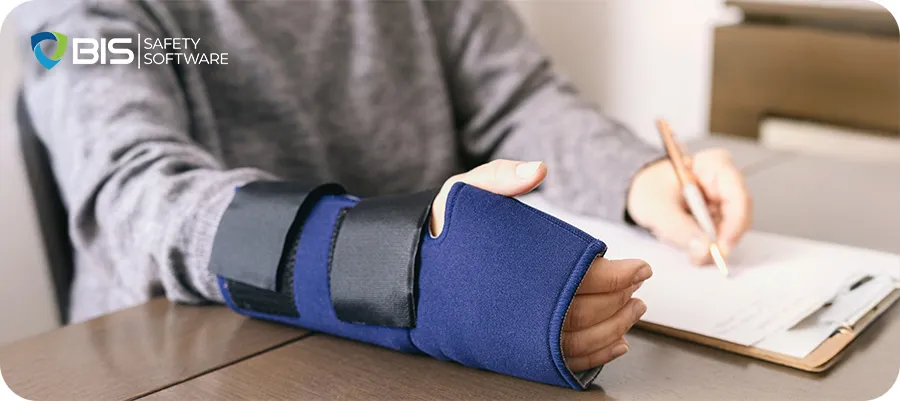
Home Blog Shortcuts Kill The Hidden Cost of Rushing Through Safety By RDadiz Facebook LinkedIn Shortcuts save time, until they don’t. A missing hard hat. A skipped lockout. A harness left unclipped. One bad decision can change everything. Workers take risks when they think nothing will go wrong. Until it does. And when it does, it’s fast. Sudden. Unforgiving. One moment of carelessness can lead to an injury, a shutdown, or a life-changing disaster. The Danger of Cutting Corners Rushing feels efficient. Deadlines press. Supervisors push for speed. But cutting corners doesn’t just shave minutes, it adds risk. Skipping safety steps turns small hazards into major injuries. The more often workers take shortcuts, the more comfortable they get with risk. They stop seeing the danger. Until it’s too late. A missed PPE check – One forgotten glove leads to a lost finger. A rushed equipment inspection – A worn cable snaps under pressure. Ignoring proper lifting technique – A split-second strain causes years of back pain. Skipping lockout/tagout – A machine restarts with someone still inside. Rushing through confined space protocols – One bad reading, and toxic gases take a life. Shortcuts threaten everyone. They cost companies millions in lost productivity, compensation claims, and lawsuits. A rushed job today can shut down a whole operation tomorrow. And when tragedy strikes, it’s not about money. It’s about lives changed forever. Families devastated. Reputations ruined. Why Workers Take Risks Pressure to Perform – Speed over safety. When deadlines loom, safety steps feel like obstacles. Overconfidence – Workers trust experience over protocol. They think they know better, until they don’t. Bad Habits – Cutting corners becomes routine. The more it happens, the more normal it seems. Lack of Accountability – If no one enforces safety, workers assume it doesn’t matter. Peer Influence – If everyone else skips steps, new workers follow suit. Fatigue and Stress – Tired workers make poor decisions. The exhausted brain values speed over caution. The Ripple Effect of One Shortcut A single shortcut spreads. A rushed inspection today leads to faulty equipment tomorrow. A minor slip-up turns into a major incident. One unsafe act signals to others that safety is flexible. It erodes the entire safety culture, bit by bit, until disaster is inevitable. Related read: Do you own a business in the insurance industry? Check out how Artificial Intelligence is transforming the insurance industry. How to Stop the Shortcut Mindset Safety isn’t a box to check. It’s a mindset. A culture. Here’s how to stop the “just this once” mentality before it turns deadly: Slow Down – Safety takes seconds. Recovery takes months. Reinforce that no deadline is worth an injury. Reinforce Training – Keep safety top-of-mind with regular refreshers. Make it stick with real-world examples. Encourage Reporting – If workers see shortcuts happening, they should speak up, without fear of punishment. Hold Everyone Accountable – From the top down, safety is non-negotiable. No exceptions. Reward Safe Behavior – Recognize workers who take the time to do things right. Reinforce that safety matters more than speed. Use Real Consequences – Don’t just warn about risks. Show examples. Videos. Stories. Accidents that could have been prevented. Supervisors Must Lead – Leaders who enforce shortcuts set a dangerous precedent. Safety starts at the top. The Bottom Line A shortcut isn’t just a time-saver. It’s a risk multiplier. One bad decision can cost a life. The safest worker isn’t the fastest, it’s the one who makes it home. Every. Single. Day. Because safety isn’t about slowing work down. It’s about making sure work never stops because of an avoidable tragedy. Follow us! Stay up-to-date with the latest spotlight articles, podcasts, the SafetyNET Magazine, or our book on Leadership for Safety Excellence. All updates will be shared on our social channels, click below to follow us. Facebook Linkedin Related Articles All Posts #EmergencyPreparedness 2025 safety trends 360 Immersive 360immersive 6S Safety accident prevention accidental careers adjustable workstations adult education AI automation AI implementation AI in business AI in operations AI in Safety AI podcast AI strategy AI transformation Alberta safety courses Allan James Moore artificial intelligence asking for help audit findings audit readiness Audit Reporting automation in safety automation strategy avoidable injuries awareness Aztec Safety back strain BambooHR integration behavior-based safety Behavioral Safety behavioural safety biometric sensors BIS Podcast BIS Safety Podcasts BIS Safety Software BIS Safety Spotlight black holes Blame Culture BP Texas City Explosion Brave Leadership Brett Burkard burnout business automation Canadian OHS Canadian safety Canadian safety history Canadian safety standards carbon monoxide Carolynne Heron CCOHS chemical chemical vapors chronic injuries chronic pain cloud-based safety tools Coming Soon community safety programs Competency in Safety complacency in safety Compliance compliance courses Compliance In Canada compliance issues Compliance management Compliance Reporting compliance software compliance tools compliance tracking compliance training compliance vs protection Construction advocacy Construction education Construction industry construction safety construction safety training continuous improvement continuous safety improvement corporate culture corporate training corrective actions crane CSA standards Customer Spotlight Customer Spotlight Kevin Swinden Global Hazmat Safety Culture Hazmat Management Dangerous Goods Competency in Safety Workplace Risk Mitigation BIS Training Clients Canadian EHS customized training daily trip inspection Damage Prevention Dangerous Goods dangerous goods classification Danny Sellers data-driven safety Decision Analysis defect management defect tracking defensive driving DEI in onboarding digital compliance digital forms Digital Hazard Reporting Digital Onboarding digital safety Digital Safety Audits Digital safety systems digital safety tools digital safety transformation Digital Training Tools digital transformation DMS features document control document management system Dr. Joanna Pagonis Dr. Tom Krause driver file management driver training driving instructor program DTRMS e-learning e-learning tools eadership in safety early intervention education technology EHS EHS Adoption EHS Compliance EHS digital solutions EHS Inspections EHS Onboarding EHS software EHS systems EHS tools Einstein electrical safety Emergency Action Plan emergency preparedness emergency response emergency supplies emotional training employee behavior employee engagement employee health Employee onboarding Employee Readiness employee safety employee training Energy Isolation ergonomic consulting ergonomic design ergonomic risks ergonomics Evacuation Procedures evidence collection EWI Works exoskeleton
The 5 Most Overlooked Workplace Hazards
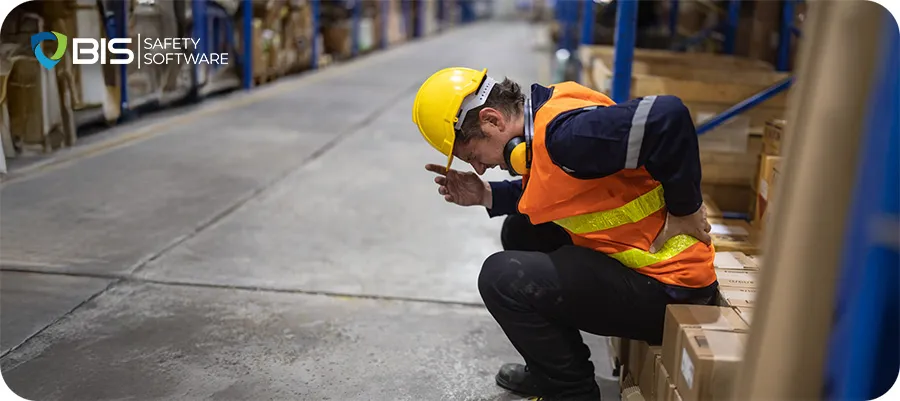
Home Blog The 5 Most Overlooked Workplace Hazards And How to Fix Them By RDadiz Facebook LinkedIn Workplace safety isn’t just about hard hats and high-visibility vests. Some dangers hide in plain sight. You don’t see them until someone gets hurt. Many risks grow over time, unnoticed. A small ache turns into a disability. A moment’s distraction causes catastrophe. Here are five hazards that often slip by and how to stop them. 1. Poor Ergonomics Sitting all day seems harmless. It’s not. Bad posture and repetitive movements wreck joints and muscles. Office workers, warehouse staff, and factory crews all suffer. Over time, pain turns into lasting damage. Injuries creep in, strained wrists, stiff necks, aching backs. Productivity drops. Workers call in sick. Minor discomfort today becomes a major problem tomorrow. Fix: Adjust chairs, desks, and screens. Teach proper lifting. Offer ergonomic assessments. Small tweaks, like raising a monitor or using anti-fatigue mats, make a big difference. Encourage movement. Stretching and short breaks prevent strain. Rotate tasks to reduce repetitive stress. 2. Mental Health Strain Stress doesn’t leave bruises, but it cripples workers. Burnout and anxiety make mistakes more likely. A distracted worker is a dangerous one. Fatigue slows reflexes. Irritation sparks conflict. Low morale leads to high turnover, more sick days, and poor focus. A stressed worker is an accident waiting to happen. Fix: Foster an open culture. Let employees talk about mental health without fear. Offer support programs. Push for realistic workloads. Breaks aren’t a luxury, they’re a necessity. Flexibility and mentorship help keep teams strong. Train supervisors to spot warning signs. A quick check-in can prevent a breakdown. 3. Invisible Toxins Danger isn’t always visible. Dust, mold, and chemical fumes lurk in the air. They creep into lungs, causing long-term harm. Poor ventilation makes things worse. Workers may not realize they’re exposed until it’s too late. Headaches, dizziness, breathing problems, subtle at first, serious over time. Chronic illness follows. Fix: Test air quality often. Use respirators when needed. Maintain ventilation systems. Train workers to spot symptoms early. Better filters and safer handling reduce risks. Label chemicals clearly. Store them safely. Ensure spills get cleaned up fast. 4. Complacency Familiarity dulls caution. When tasks feel routine, workers cut corners. Safety rules become afterthoughts. One skipped step can lead to disaster. The most experienced workers can be the most at risk, they trust themselves too much. Overconfidence kills. Fix: Keep safety fresh. Hold surprise inspections. Reinforce training often. Encourage workers to call out unsafe behavior. Reward attention to detail. Keep everyone engaged and alert. Rotate duties so routines don’t become ruts. Make safety meetings interactive, not just another checkbox. 5. Improper PPE Use Safety gear only works when used right. Loose masks, missing gloves, or fogged-up goggles won’t protect anyone. Some workers resist PPE, it’s uncomfortable, inconvenient, or forgotten. Others assume they don’t need it. A single lapse is enough for injury. Fix: Train workers to use gear in the correct way. Do regular compliance checks. Make sure PPE fits well and is easy to access. Keep training short, direct, and frequent. Show real-life examples of what happens when someone ignores PPE. Make safety personal. Stay Ahead of the Risks Hidden hazards are still hazards. Spot them early. Fix them fast. A safe workplace doesn’t just happen, it takes constant effort. Safety isn’t a one-time meeting. It’s a daily commitment. Keep safety a priority. Stay sharp. Stay safe. A moment of caution saves a lifetime of regret. Follow us! Stay up-to-date with the latest spotlight articles, podcasts, the SafetyNET Magazine, or our book on Leadership for Safety Excellence. All updates will be shared on our social channels, click below to follow us. Facebook Linkedin Related Articles All Posts #EmergencyPreparedness 2025 safety trends 360 Immersive 360immersive 6S Safety accident prevention accidental careers adjustable workstations adult education AI automation AI implementation AI in business AI in operations AI in Safety AI podcast AI strategy AI transformation Alberta safety courses Allan James Moore artificial intelligence asking for help audit findings audit readiness Audit Reporting automation in safety automation strategy avoidable injuries awareness Aztec Safety back strain BambooHR integration behavior-based safety Behavioral Safety behavioural safety biometric sensors BIS Podcast BIS Safety Podcasts BIS Safety Software BIS Safety Spotlight black holes Blame Culture BP Texas City Explosion Brave Leadership Brett Burkard burnout business automation Canadian OHS Canadian safety Canadian safety history Canadian safety standards carbon monoxide Carolynne Heron CCOHS chemical chemical vapors chronic injuries chronic pain cloud-based safety tools Coming Soon community safety programs Competency in Safety complacency in safety Compliance compliance courses Compliance In Canada compliance issues Compliance management Compliance Reporting compliance software compliance tools compliance tracking compliance training compliance vs protection Construction advocacy Construction education Construction industry construction safety construction safety training continuous improvement continuous safety improvement corporate culture corporate training corrective actions crane CSA standards Customer Spotlight Customer Spotlight Kevin Swinden Global Hazmat Safety Culture Hazmat Management Dangerous Goods Competency in Safety Workplace Risk Mitigation BIS Training Clients Canadian EHS customized training daily trip inspection Damage Prevention Dangerous Goods dangerous goods classification Danny Sellers data-driven safety Decision Analysis defect management defect tracking defensive driving DEI in onboarding digital compliance digital forms Digital Hazard Reporting Digital Onboarding digital safety Digital Safety Audits Digital safety systems digital safety tools digital safety transformation Digital Training Tools digital transformation DMS features document control document management system Dr. Joanna Pagonis Dr. Tom Krause driver file management driver training driving instructor program DTRMS e-learning e-learning tools eadership in safety early intervention education technology EHS EHS Adoption EHS Compliance EHS digital solutions EHS Inspections EHS Onboarding EHS software EHS systems EHS tools Einstein electrical safety Emergency Action Plan emergency preparedness emergency response emergency supplies emotional training employee behavior employee engagement employee health Employee onboarding Employee Readiness employee safety employee training Energy Isolation ergonomic consulting ergonomic design ergonomic risks ergonomics Evacuation Procedures evidence collection EWI Works exoskeleton exoskeletons failure analysis fall protection fast onboarding field experience field level hazard assessments field safety field safety assessments field safety services Field
The Safety Metrics That Matter
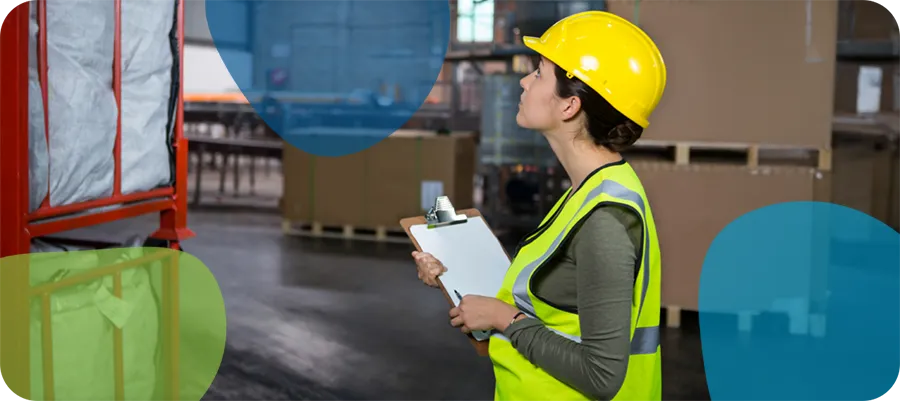
Home Blog The Safety Metrics That Matter How to Track and Improve Workplace Safety By RDadiz Facebook LinkedIn Safety in the workplace isn’t just a box to check, it’s a strategy that impactsproductivity, morale, and compliance. But how do you know if your safety efforts are truly working? Tracking the right metrics provides the clarity needed to assess your current programs, identify risks, and drive continuous improvement. Metrics are more than numbers, they’re a window into your organization’sstrengths and weaknesses. The right data shows what’s working, where gaps exist, and how to make real progress. This guide explores the key safety metrics every organization should track, why they matter, and how they can build a stronger, safer culture. Why Metrics Are Essential for Safety Management It’s easy to assume that safety efforts are effective simply because there hasn’t been a recent incident. But this reactive mindset leaves organizations vulnerable. Metrics allow you to move beyond assumptions and take a proactive approach. Here’s why tracking safety metrics is critical: Identify Trends: Metrics uncover patterns in incidents, near-misses, and compliance gaps, providing actionable insights. Set Priorities: Clear data highlights where to focus your efforts,whether it’s a particular department, process, or hazard. Measure Success: Safety initiatives need measurable goals. Metrics show whether you’re meeting them or need to adjust. Improve Accountability: Transparent data ensures everyone, from frontline workers to executives, understands their role in improving safety. Safety metrics turn vague objectives like “reduce accidents” into specific, trackable actions. They’re the foundation of a safety program that delivers real results. Key Takeaways The best safety programs are built on data, not assumptions. Metrics give leaders the visibility they need to prioritize, improve, and stay proactive. Leading indicators like near-miss reports and safety observations drive real change. They spotlight risk before it becomes an incident. Tracking compliance and training completion keeps your workforce prepared, and your business protected. It’s not just about meeting requirements; it’s about readiness. Technology turns data into decisions. Automation and dashboards streamline tracking, improve accuracy, and help you measure what really matters. The Safety Metrics That Matter Most Tracking safety data can feel overwhelming, especially with so many variables at play. To make the process manageable, focus on these key metrics that provide the most insight into your workplace safety efforts: 1. Incident Rates: The Safety Baseline What It Measures: The number of workplace injuries or illnesses over a specific period, often calculated per 100 full-time employees. Why It Matters: Incident rates are a critical measure of workplacesafety. A high rate signals systemic issues, while a declining rateindicates progress. How to Track: Calculate Total Recordable Incident Rate (TRIR) andcompare it against industry benchmarks. Break the data down further bydepartment or job role to identify problem areas. Example in Action: A manufacturing company notices its TRIR is higher than the industry average. By analyzing incident reports, they discover most injuries occur during equipment maintenance. This insight leads to additional training and updated safety protocols, reducing incidents over time. 2. Near-Miss Reports: Catching Problems Early What It Measures: Situations where an accident was narrowly avoided, such as a worker tripping over an unsecured cable but notfalling. Why It Matters: Near-misses provide critical warnings about potential hazards. They’re opportunities to fix problems before theycause harm. How to Track: Implement an easy-to-use reporting system and actively encourage workers to log near-misses. Track trends to pinpointrecurring risks. Example in Action: A manufacturing company notices its TRIR is higher than the industry average. By analyzing incident reports, they discover most injuries occur during equipment maintenance. This insight leads to additional training and updated safety protocols, reducing incidents over time. 3. Compliance Scores: Staying Ahead of Regulations What It Measures: How well your organization meets regulatory safety standards and internal policies Why It Matters: Falling out of compliance can lead to hefty fines, reputational damage, and operational delays. High compliance scoresindicate your processes are robust and up-to-date. How to Track: Conduct regular audits, inspections, and reviews of safety documentation. Use safety management software to streamlinecompliance tracking. Example in Action: During a routine audit, a logistics company identifies gaps in their chemical storage compliance. By updating training and implementing automated alerts for inspections, they prevent violations and maintain their safety record. 4. Training Participation and Completion: Building a Prepared Workforce What It Measures: The percentage of employees who have completed required safety training, as well as refresher courses. Why It Matters: Training ensures workers have the knowledge and skills to handle risks effectively. Low participation rates can indicategaps in your safety program. How to Track: Monitor training attendance and completion rates using a learning management system (LMS). Analyze data by team ordepartment to identify weak spots. Example in Action: : A healthcare provider notices low completion rates for fire safety training among night-shift staff. They adjust training schedules to accommodate night workers, increasing compliance and preparedness. 5. Safety Observations: Proactive Risk Management What It Measures: Observations conducted by managers or safety teams to evaluate workplace conditions and behaviors. Why It Matters: : Regular safety observations catch potential hazardsand reinforce accountability. They also provide insight into how wellsafety policies are being followed. How to Track: : Use standardized checklists during observations and log findings in a centralized system. Look for recurring issues and trackimprovements over time. Example in Action: : A food processing plant conducts monthly safety observations and notices inconsistent use of PPE in certain areas. They respond by reinforcing training and updating signage, improving compliance. How Tracking Metrics Drives Improvement What It Measures: Observations conducted by managers or safety teams to evaluate workplace conditions and behaviors. Why It Matters: : Regular safety observations catch potential hazards and reinforce accountability. They also provide insight into how wellsafety policies are being followed. How to Track: : Use standardized checklists during observations and log findings in a centralized system. Look for recurring issues and trackimprovements over time. Example in Action: : A food processing plant conducts monthly safety observations and notices inconsistent use of PPE in certain areas. They respond
The Seven Deadly Sins That Destroy Safety Culture

Home Blog The Seven Deadly Sins That Destroy Safety Culture By RDadiz Facebook LinkedIn Even the strongest safety cultures can be dismantled by a few key missteps. These are the seven deadly sins that can erode safety standards, diminish trust, and put lives at risk. Understanding them is the first step in preventing their destructive impact. 1. Double Standards: One Rule for Some, Another for Others One of the fastest ways to destroy a safety culture is to enforce rules inconsistently. If leadership disregards safety policies while expecting employees to follow them, resentment and noncompliance will spread. Occupational Health and Safety Officer Ted Lane recalls, “I’ve seen situations where the sign on the shop door says ‘Safety glasses must be worn,’ but the boss walks in without them. If leadership doesn’t follow the rules, don’t expect anyone else to.” 2. Top-Down Directives Without Worker Input Safety policies that are dictated from the top down, without input from frontline workers, often fail. Employees who aren’t consulted see policies as bureaucratic red tape rather than measures designed to protect them. Sharon Cole, an OHS Consultant, advises, “If you’re writing a safety policy, involve the workers it will affect. They’re the ones on the frontlines, and their input makes policies practical and enforceable.” 3. Tolerating Negative Attitudes Toward Safety A single bad attitude can spread like wildfire. Workers who scoff at safety meetings, dismiss concerns, or ignore protocols undermine the organization’s culture. If their behavior is left unchecked, it signals that safety isn’t truly a priority. Ted Lane emphasizes, “Zero tolerance for bad safety performance is crucial. Whether it’s the boss’s son or your most experienced worker, if they refuse to comply with safety rules, they need to go.” 4. Shifting Priorities: Safety Takes a Back Seat Many companies claim safety is their top priority, until deadlines or costs are at stake. When safety is sacrificed for productivity, employees receive a clear message: safety only matters when it’s convenient. This erodes trust and encourages unsafe behaviors. 5. Failing to Lead by Example When supervisors and executives fail to embody the safety standards they expect from employees, it weakens the entire culture. A strong safety culture starts at the top and trickles down. Patrick Cantner, HSE Director of Willbros Canada, warns, “If you say, ‘Production done in the absence of safety will not be valued or rewarded,’ but then allow it to happen, you’ll destroy your safety culture.” 6. Punishing Workers for Reporting Issues If employees who report unsafe conditions or incidents are reprimanded instead of supported, they will stop coming forward. A culture of fear leads to underreporting, which increases risk. Marcia Minto, an OH&S Program Manager, states, “If someone reports an issue and is yelled at by management, they won’t come forward next time. Employees need to feel empowered, not afraid.” 7. Complacency: The Silent Killer Organizations that have gone a long time without an incident often become overconfident. Safety policies become lax, assumptions replace vigilance, and standards begin to slip. Over time, this complacency spreads, erasing years of hard work in building a safety culture. The moment an organization assumes it has ‘solved’ safety, it has already taken a step backward. Preventing the Seven Deadly Sins To maintain a strong safety culture, organizations must actively identify and counter these pitfalls. Leaders must lead by example, workers must feel empowered to participate, and safety must be a genuine, unwavering priority. The key takeaway? Building a safety culture is difficult, but destroying one is easy. Organizations must remain vigilant to ensure safety is not just a policy, but a deeply ingrained part of workplace operations. Follow us! Stay up-to-date with the latest spotlight articles, podcasts, the SafetyNET Magazine, or our book on Leadership for Safety Excellence. All updates will be shared on our social channels, click below to follow us. Facebook Linkedin Related Articles All Posts #EmergencyPreparedness 2025 safety trends 360 Immersive 360immersive 6S Safety accident prevention accidental careers adjustable workstations adult education AI automation AI implementation AI in business AI in operations AI in Safety AI podcast AI strategy AI transformation Alberta safety courses Allan James Moore artificial intelligence asking for help audit findings audit readiness Audit Reporting automation in safety automation strategy avoidable injuries awareness Aztec Safety back strain BambooHR integration behavior-based safety Behavioral Safety behavioural safety biometric sensors BIS Podcast BIS Safety Podcasts BIS Safety Software BIS Safety Spotlight black holes Blame Culture BP Texas City Explosion Brave Leadership Brett Burkard burnout business automation Canadian OHS Canadian safety Canadian safety history Canadian safety standards carbon monoxide Carolynne Heron CCOHS chemical chemical vapors chronic injuries chronic pain cloud-based safety tools Coming Soon community safety programs Competency in Safety complacency in safety Compliance compliance courses Compliance In Canada compliance issues Compliance management Compliance Reporting compliance software compliance tools compliance tracking compliance training compliance vs protection Construction advocacy Construction education Construction industry construction safety construction safety training continuous improvement continuous safety improvement corporate culture corporate training corrective actions crane CSA standards Customer Spotlight Customer Spotlight Kevin Swinden Global Hazmat Safety Culture Hazmat Management Dangerous Goods Competency in Safety Workplace Risk Mitigation BIS Training Clients Canadian EHS customized training daily trip inspection Damage Prevention Dangerous Goods dangerous goods classification Danny Sellers data-driven safety Decision Analysis defect management defect tracking defensive driving DEI in onboarding digital compliance digital forms Digital Hazard Reporting Digital Onboarding digital safety Digital Safety Audits Digital safety systems digital safety tools digital safety transformation Digital Training Tools digital transformation DMS features document control document management system Dr. Joanna Pagonis Dr. Tom Krause driver file management driver training driving instructor program DTRMS e-learning e-learning tools eadership in safety early intervention education technology EHS EHS Adoption EHS Compliance EHS digital solutions EHS Inspections EHS Onboarding EHS software EHS systems EHS tools Einstein electrical safety Emergency Action Plan emergency preparedness emergency response emergency supplies emotional training employee behavior employee engagement employee health Employee onboarding Employee Readiness employee safety employee training Energy Isolation ergonomic consulting ergonomic design ergonomic risks ergonomics Evacuation Procedures evidence collection



